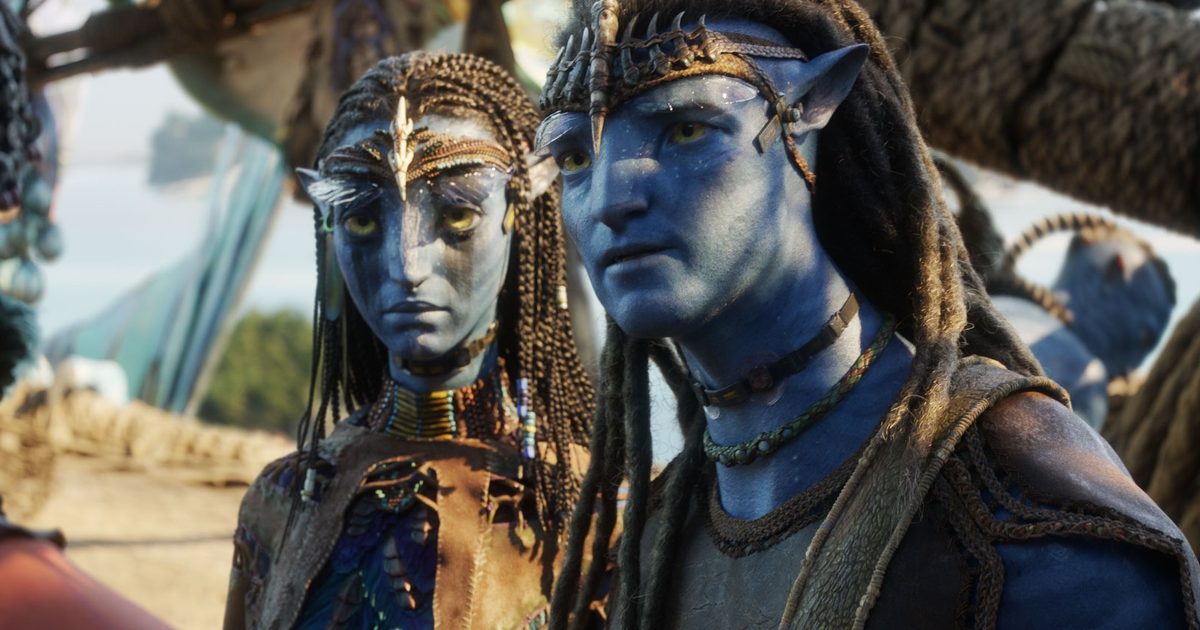Introduction
Herpes zoster (HZ) is a skin disease caused by the infection of the spinal cord and cranial nerves by the varicella-zoster virus (VZV). It is characterized by vesicular eruptions along the affected dermatomes, accompanied by…

Herpes zoster (HZ) is a skin disease caused by the infection of the spinal cord and cranial nerves by the varicella-zoster virus (VZV). It is characterized by vesicular eruptions along the affected dermatomes, accompanied by…
You don’t have permission to access “http://www.spglobal.com/energy/en/news-research/latest-news/agriculture/122925-interview-indias-broiler-production-continues-to-expand-6-7-annually-says-poultry-india-head” on this server.
Reference #18.c8a0d517.1767011277.2f28cd3
https://errors.edgesuite.net/18.c8a0d517.1767011277.2f28cd3
You don’t have permission to access “http://www.spglobal.com/energy/en/news-research/latest-news/metals/122925-indonesia-navigates-nickel-market-with-output-cuts-policy-shifts” on this server.
Reference #18.c8a0d517.1767010620.2c7dfcb
https://errors.edgesuite.net/18.c8a0d517.1767010620.2c7dfcb

James Cameron has quite the plan in store for Avatar 4 and 5, should the franchise not continue after Avatar: Fire and Ash.
The writer-director has made it clear in the past that the third outing to Pandora must make a profit before the next film…

– Advertisement –
LARKANA, Dec 29 (APP):The 7th Convocation of Chandka Medical College and other colleges under Shaheed Benazir Bhutto University Larkana was held with great grandeur on Monday.
A total of 317 graduates were awarded degrees. Among…

Angie BrownEdinburgh and East reporter
 The Elephant House
The Elephant HouseAn Edinburgh cafe where JK Rowling wrote parts of the Harry Potter books has reopened…

Its status among fans persisted through its long period of closure.
They continued to visit, taking selfies outside the site even when its windows were boarded up.
Mr Taylor, who has owned it for 30 years, said he had also been inundated with…

From 29th December until midnight on 4th February, new customers looking to boost their connectivity and entertainment line-up can benefit from new offers in Virgin Media’s Winter Sale.
Those who switch to Virgin Media – recognised by Uswitch as the UK’s ‘Most Reliable Broadband Provider’ (Opensignal Awards – UK: Fixed Broadband Experience Report, Dec 2025), can enjoy ultrafast (500mbps) speeds from £29.99 per month, including Netflix Standard available with all TV bundles at no extra cost – saving £5.99 a month.
| Broadband package | What is included | Cost per month (18-month contract) |
| M250 | Broadband: Average download speeds of 264Mbps | £23.99 for per month |
| M500 | Broadband: Average download speeds of 516Mbps | £27.99 for per month |
| M500 + Netflix | Broadband: Average download speeds of 516MbpsTV: Netflix Standard (with Ads) | £29.99 for per month |
| Gig1 | Broadband: Average download speeds of 1,130Mbps | £30.99 for per month |
| M350 Entertainment + Netflix | Broadband: Average download speeds of 362MbpsTV: 200+ TV channels & Netflix Standard (with Ads) | £34.99 for per month |
| M350 Cinema + Netflix | Broadband: Average download speeds of 362MbpsTV: 200+ TV channels including Sky Cinema & Netflix Standard (with Ads) | £44.99 for per month |
| M350 Sport (HD) + Cinema (HD) + Netflix | Broadband: Average download speeds of 362MbpsTV: 200+ TV channels including Sky Sports HD, Sky Cinema HD & Netflix Standard (with Ads) | £64.99 for per month |
| Gig1 Max Volt: Sports (HD) + Cinema (HD) + Netflix + Unlimited O2 SIM | Broadband: Average download speeds of 1,130MbpsTV: 200+ TV channels including Sky Sports HD, Sky Cinema HD & Netflix Standard (with Ads) SIM-Only: O2 Travel Inclusive Zone (75 destinations)WiFi Guarantee: Up to 30Mbps in every room of £100 back, usually £8 per month |
£79.99 for per month |
Customers with an O2 mobile account who add Virgin Media broadband to their household services can also enjoy Volt rewards worth up to £692 (according to Choose Broadband). These rewards include:
In addition to Virgin Media’s award-winning broadband, customers also get:
ENDS
Notes to Editor
For more info please see: Broadband and TV Deals | Winter Sale | Offer Ends Soon
*Virgin Media’s market leading WiFi guarantee WiFi Max: What is it and how to get it? | Virgin Media Help
** UK Broadband Speed Statistics 2024 – Facts and Stats Report – Uswitch
Refer a friend: £50 bonus eligible once referred customer has had their services installed for 60 day, and providing they haven’t cancelled their services during that time.